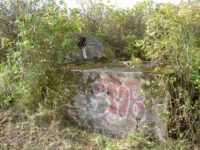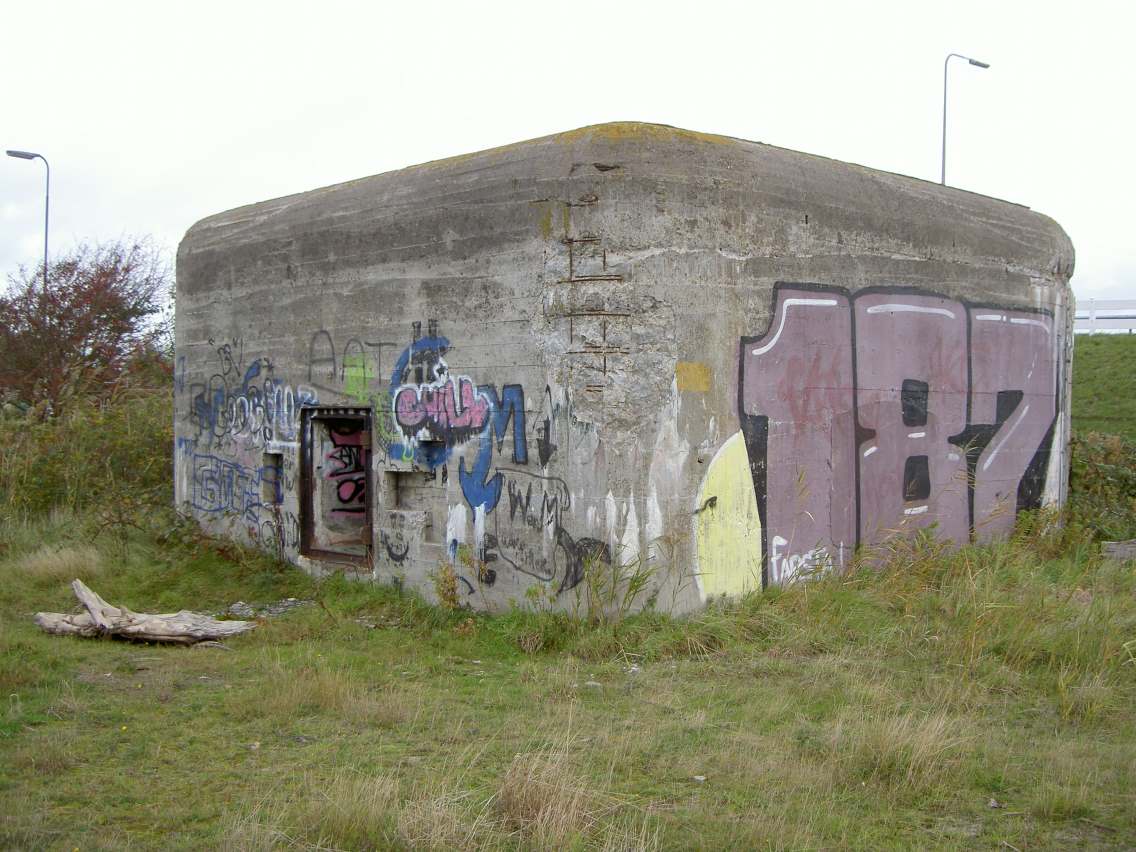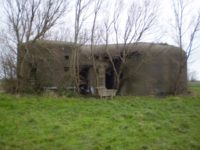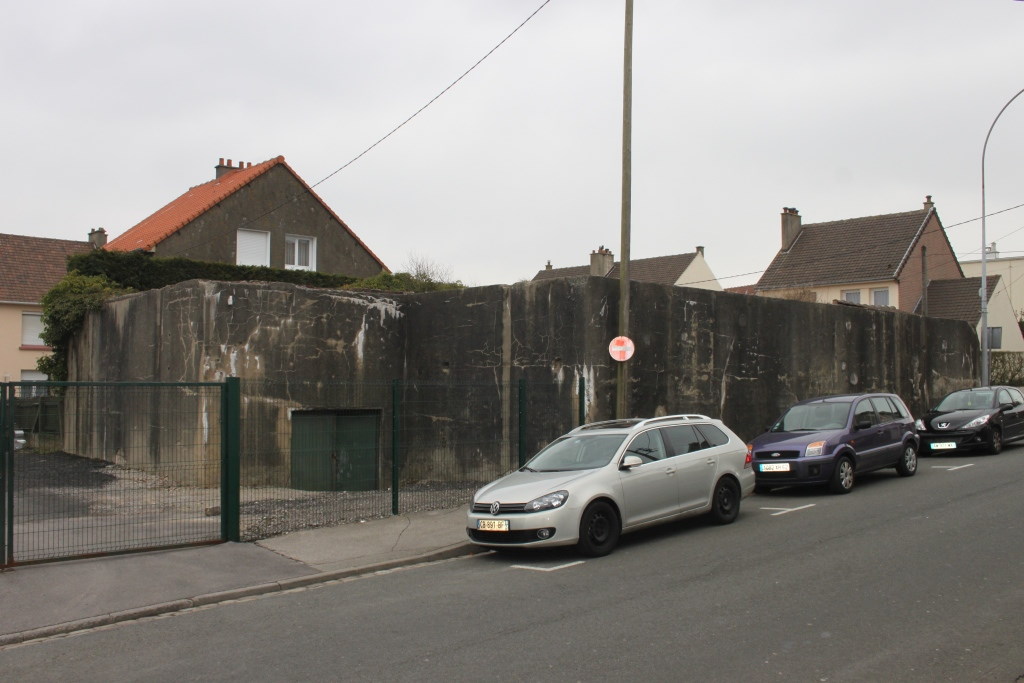Telephone exchange network
Communication
Guaranteed communication between resistance nests and strongpoints and the hinterland, required a stable network of telephone lines. Therefor, in all occupied European countries the existing lines were reused, extended and improved. They usually ran underground except for intersections, where they actually came to the surface. For this reason, these intersections were very vulnerable and needed protection.
Cable switch bunkers
In order to protect them, a small range of special designed bunker types were introduced. These concrete constructions were situated at the mentioned intersections, even near local post offices one could find them. The designs of these so-called cable switching bunkers (Schaltbunker) were different in terms of shape and dimensions. For example, the smallest design was a square shaped cable pit (Kabelbrunnen) and was followed by a larger above-ground version. This design was called Kabelschaltstelle. Finally, a Regelbau type 616 version was available to become part of the network. This co-called Großschaltstelle was designed and equipped according to fortress standards.
Long distance communication
Long distance communication meant weaker signals, for this reason boosting was needed. To establish better signals, so-called repeater stations were built as well. These bunkers housed amplifier equipment, air conditioning and power generation.
Present days
Unfortunately many bunkers of the former telephone exchange network are destroyed or buried. But the few that still remain form an interesting part of fortification history.




